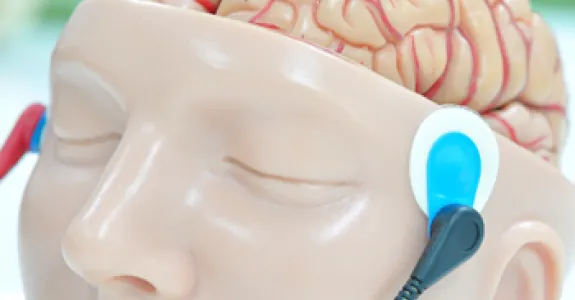
Dr. Anthony Norcia's research program centers around spatial vision and involves the use of behavioral, oculomotor, electrophysiological and functional MRI techniques in humans. Dr. Norcia's research has focused for many years on normal visual development as well as abnormal visual development in patients with strabismus, autism and cortical visual impairment. To inform this work, Dr. Norcia also work with normal adults and animal models.
Dr. Anthony Norcia has published over 30 papers on the normal developmental process, the first in 1977. In addition, he has published over 30 papers on abnormal visual development over the last 20 years and is an expert in the diagnostic classification and pathophysiology of disorders of binocular vision and developmental disorders. Dr. Norcia is thus in a position to translate basic science results into clinical applications. The Norcia laboratory has established numerous paradigms in which Visual Evoked Potentials have been used as objective measures of sensory and cognitive function. They have published many papers in which we have related perceptual judgments to human brain activity and have developed multiple generations of sophisticated and flexible instrumentation that we have shared with many other laboratories.
Central to Dr. Norcia's research program is the group's unique integration of functional MRI and high-density EEG source imaging that allows us to relate brain electrical activity to identified visual areas with 1-2 cm accuracy in individual participants. The development of this technique involved the creation and management of a diverse team of experts in functional MRI, physics, biomedical engineering and visual physiology.





